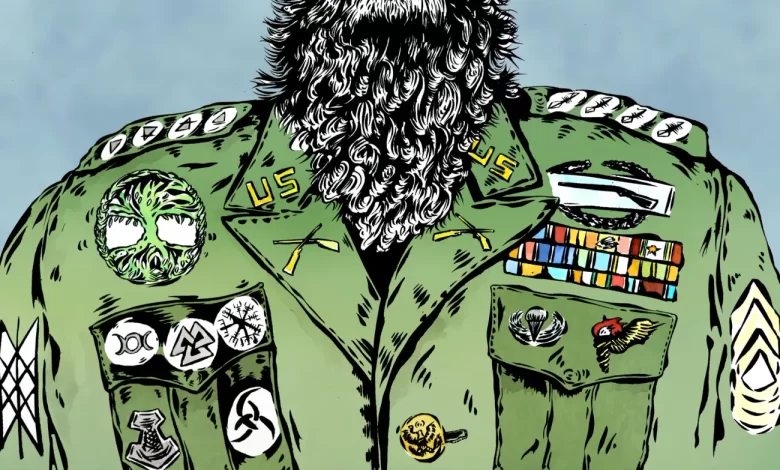
Norse Paganism, also known as Heathenry or Ásatrú, is a captivating and ancient belief system that emerged from the pre-Christian traditions of the Germanic peoples. Rooted in the mythology and folklore of the Norse people, this spiritual path has gained renewed interest in recent years, drawing individuals seeking a connection to nature, a rich cultural heritage, and a deeper understanding of the mysteries of existence.
Origins and History
Norse Paganism traces its roots to the Germanic tribes that inhabited Northern Europe, particularly the Vikings, who were seafaring warriors known for their exploration and conquests. The religious practices of the Norse people were multifaceted, with a pantheon of deities, spirits, and mythical creatures that shaped their cosmology.
The Pantheon
At the heart of Norse Paganism is a diverse pantheon of gods and goddesses, each with distinct characteristics and domains. Odin, the Allfather, is the chief deity associated with wisdom, war, and poetry. His son, Thor, the god of thunder, is a beloved figure known for his strength and protection of humanity. Freyja, the goddess of love and fertility, and Loki, the trickster god, add layers of complexity to the pantheon.
Cosmology and Mythology
Norse mythology is rich with captivating tales that explain the creation of the world, the origins of humanity, and the cycles of life and death. The cosmology is divided into realms, such as Asgard (home of the gods), Midgard (the world of humans), and Hel (the realm of the dead). The cosmic tree Yggdrasil connects these realms, symbolizing the interconnectedness of all existence.
Sacred Texts and Runes
Unlike some organized religions, Norse Paganism lacks a centralized scripture. Instead, knowledge is derived from various Old Norse texts, sagas, and poems. The Poetic Edda and the Prose Edda are essential sources that provide insights into the myths, rituals, and ethical principles of Norse Paganism. Additionally, the use of runes, ancient symbols with magical significance, plays a crucial role in divination and spiritual practices.
Rituals and Celebrations
Norse Pagans engage in a variety of rituals and celebrations to honor their deities and connect with the natural cycles of life. Blóts, or sacrificial offerings, are made to the gods during specific ceremonies, while sumbels involve the sharing of toasts and boasts among participants. Seasonal festivals, such as the Winter Solstice celebration known as Yule, mark important points in the agricultural and celestial calendar.
Modern Revival and Community
In recent decades, there has been a resurgence of interest in Norse Paganism, with individuals seeking a connection to their ancestral roots or a spiritual path that aligns with nature. Ásatrúarfélagið, an Icelandic organization, officially recognized Norse Paganism as a registered religion in 1972, and since then, Ásatrú has gained recognition in various countries.
Conclusion
Norse Paganism stands as a bridge between the ancient past and the present, offering a unique perspective on spirituality, nature, and the human experience. As more people explore this rich tradition, they find inspiration in the timeless wisdom of the Norse gods and the interconnected web of existence that has captivated hearts and minds for centuries. Whether drawn to the mythology, rituals, or the profound connection to nature, practitioners of Norse Paganism embark on a journey that transcends time and embraces the enduring legacy of the ancient Norse people.




